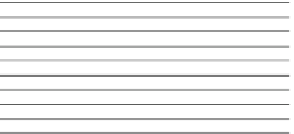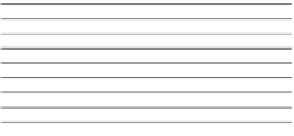Geoscience Reference
In-Depth Information
b
a
2.5
2.5
2.0
2.0
1.5
1.5
y
=1.076
x
-3.3198
1.0
1.0
0.5
0.5
0.0
0.0
-0.5
-1.0
-1.5
-2.0
-2.5
-0.5
-1.0
-1.5
-2.0
-2.5
-0.5
0.0
0.5 1.0 1.5
Log Copper Weight
2.0
2.5
3.0
3.5
0.0
1.0
2.0
3.0
4.0
5.0
6.0
Log Ore Weight
c
d
2.5
3
2
1
0
-1
-2
-3
-4
2.0
1.5
1.0
y
=1.016
x
-3.4246
0.5
0.0
-0.5
-1.0
-1.5
-2.0
-2.5
-0.5
0.0
0.5
1.0 1.5
Log Copper Weight
2.0
2.5
3.0
3.5
4.0
0.0
1.0
2.0
3.0
4.0
5.0
6.0
Log Ore Weight
Fig. 4.13 Lognormal Q-Q plots of copper and ore weights for 1968 and 2008 data. (a) 1968
Copper Weights; (b) 1968 Ore Weights; (c) 2008 Copper Weights; (d) 2008 Ore Weights.
Straight
lines
approximate lognormal frequency distributions with logarithmic standard deviation esti-
mated by inverse of slope.
Curves
in Fig.
4.13d
represent 95 % confidence belts for points
deviating randomly from
straight line
. All data points were used to fit
straight lines
(Source:
Agterberg
2011
, Fig. 5)
a
b
4.0
2.5
2.0
3.5
1.5
3.0
1.0
2.5
0.5
2.0
0.0
1.5
−0.5
−1.0
−1.5
−2.0
−2.5
1.0
y
=−2.2348
x
+3.5601
y
=1.016
x
+3.1577
0.5
0.0
−0.5
0.0
0.2
0.4
0.6 0.8
Log Rank
1.0
1.2
1.4
1.6
0
1
2
3
4
5
6
Log Ore Weight
Fig. 4.14 Best- fitting straight lines for 1968 data with slopes set equal to slopes of
straight lines
fitted to 2008 data. (a) Log-Log Copper Weight; points same as in Fig.
4.12a
;(b) Lognormal
Q
-
Q
plot of Ore Weights; points same as in Fig.
4.13b
. Comparison with Figs.
4.12c
and
4.13d
shows
1968 and 2008 intercept increases (Source: Agterberg
2011
, Fig. 6)
has strong positive skewness like the distributions of Figs.
4.13
and
4.14
, because
then there are too few very large values for application of standard goodness-of-fit
tests (also see Agterberg
1995
). Nevertheless, the few largest values contribute
much or most of total weight for all deposits in the data set. This difficulty can be
avoided by using the following method of comparing the Pareto and lognormal
frequency distributions with one another (Agterberg
2011
).












































































































































































































































































































































































































Search WWH ::

Custom Search